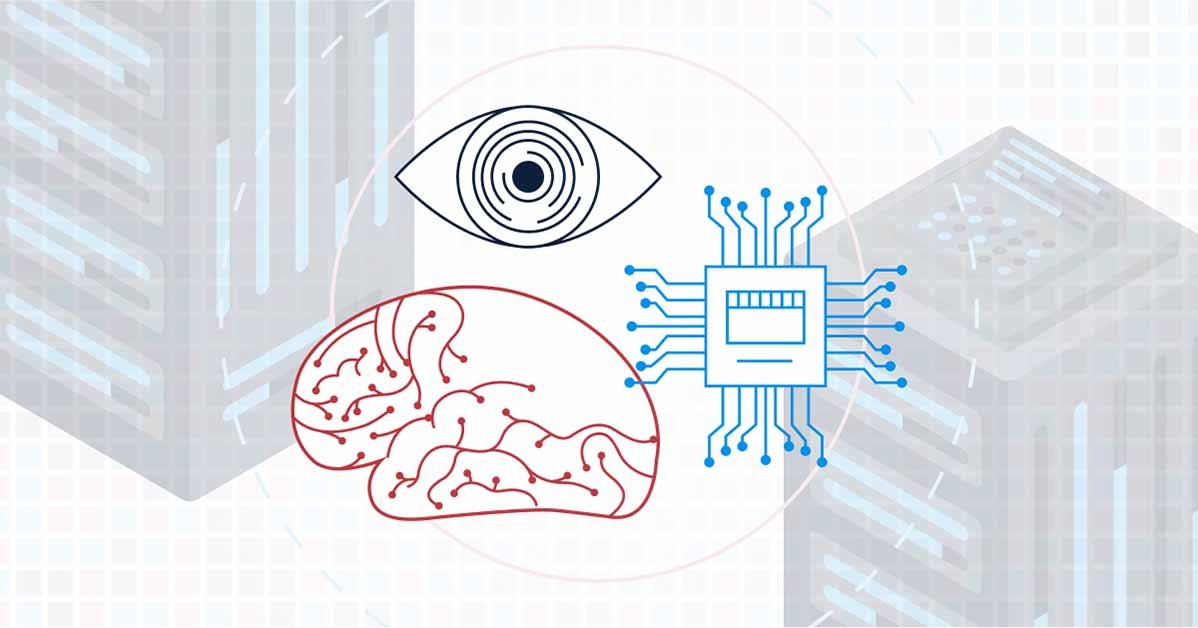Are you looking to gain a competitive advantage in your industry or streamline your operations? If so, incorporating machine learning into your startup could be the solution you need. Here are five reasons why you should consider incorporating machine learning early on.
1. Gain a Competitive Advantage
Incorporating machine learning early on can help you gain a competitive advantage over your competitors. By leveraging your data and insights to make better decisions, improve your operations, and deliver better customer experiences, you can stand out from the crowd and set yourself apart as a leader in your industry.
2. Improved Customer Experiences
In today’s digital age, customers expect personalized experiences that are tailored to their preferences and behaviors. Machine learning can help you deliver on those expectations by analyzing customer data and tailoring recommendations, offers, and messaging to their individual needs. This can help improve customer loyalty and retention, which can ultimately drive revenue and growth.
3. Attracting Investment
If you’re a startup looking to attract investment, incorporating machine learning early on can make you more attractive to investors. Investors are often looking for companies with innovative and scalable technologies that can disrupt industries and create new opportunities. By incorporating machine learning into your business model, you can demonstrate your commitment to innovation and growth, which can help you secure funding and take your business to the next level.
4. Better fraud detection
If you are building a product that is susceptible to fraud, machine learning can analyze transactional data to identify potential fraud or suspicious activity, allowing you to take proactive measures to prevent losses for you and your customers.
5. Cost Savings
By automating processes and reducing manual labor, machine learning can help you save on labor costs and improve your overall efficiency. This can lead to significant cost savings over time, which can be reinvested into your business to fuel growth and innovation.
Conclusion
In conclusion, incorporating machine learning into your company or startup early on can help you gain a competitive advantage, scale your operations efficiently, save costs, improve customer experiences, and attract investment. Kaizen Cloud has machine learning specialists who can evaluate your business and offer recommendations on the areas that can benefit from Machine learning.
Talk to Our Cloud/AI Experts
Search Blog
About us
CloudKitect revolutionizes the way technology startups adopt cloud computing by providing innovative, secure, and cost-effective turnkey solution that fast-tracks the digital transformation. CloudKitect offers Cloud Architect as a Service.
Related Resources

Generative AI Project Lifecycle: A Comprehensive Guide

Unlocking Data Insights: Chat with Your Data | PDF and Beyond











